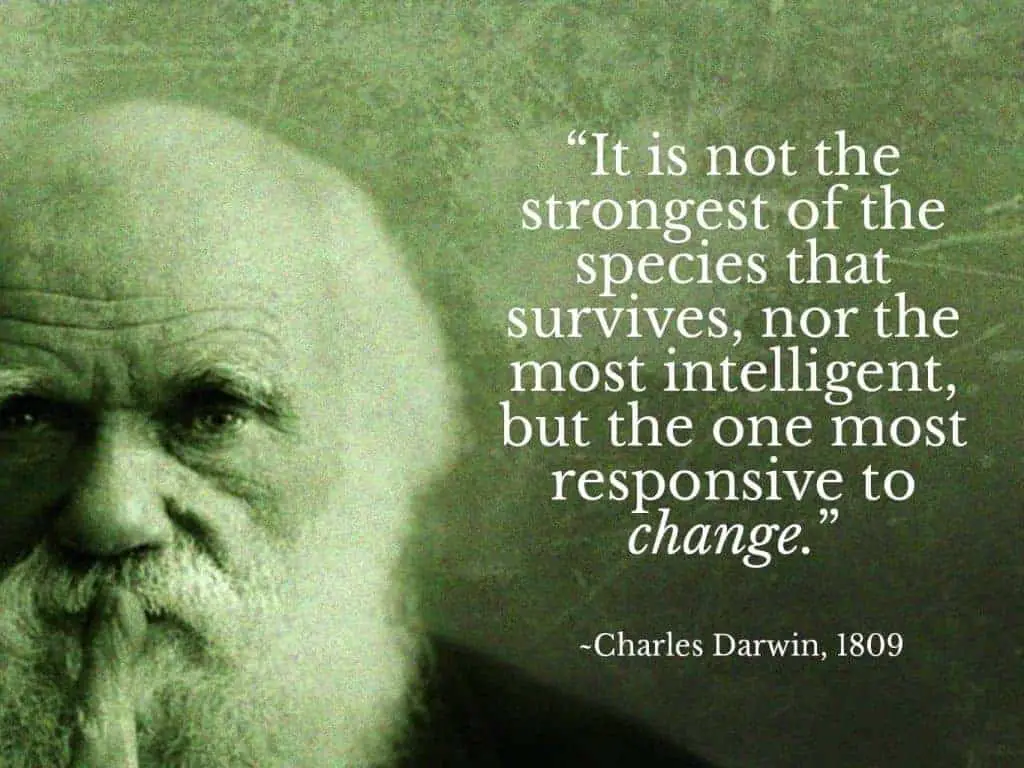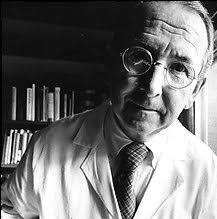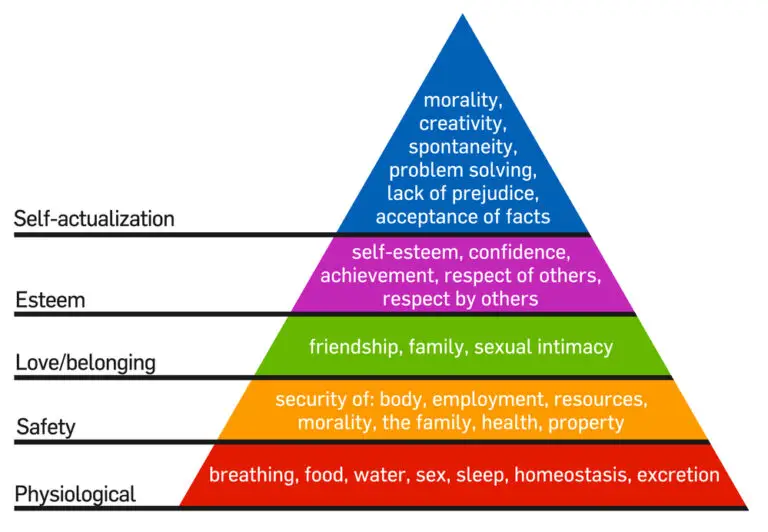What is Darwin theory of evolution?

Renowned around the globe for his theory of evolution and his exploration of the natural selection process, Charles Darwin is one of the most celebrated biologists and naturalists. His journey began on HMS Beagle in a 5-year long voyage around the world during 1831, studying and analyzing various flora and fauna and formulating them in his famous theories. His explorations and observations led him to publish his most well known book, On the Origin of Species, in 1859.
His Early Life
Darwin opened his eyes in a wealthy small town family of Shrewsbury, England on February 12, 1809. He was the second youngest among his six siblings, an extrovert kid who loved being outdoors. His mother passed away when he was just eight years old. Darwin’s father, Dr. R.W. Darwin, was a medical doctor and Dr. Erasmus Darwin, his grandfather, was a well-known botanist of his time. Darwin joined the University of Edinburgh in 1825 at the age of 16 with Erasmus, his brother. He enrolled at Christ’s College, Cambridge two years later. Despite his father’s wish for him to become a doctor and follow his footsteps, Darwin chose not to because looking at blood made him nauseous. Instead, his father asked him to become a parson but at that time, he was too involved in studying natural history to focus on something else anymore.
Darwin Career
During his time at Christ’s college, John Stevens Henslow, a botany professor, became Darwin’s mentor. Henslow was the person who recommended Darwin to board the HMS Beagle as a naturalist in 1831 after he graduated from Christ’s College with a Bachelor of Arts degree. During this survey trip that started on December 23, 1831, aboard the HMS Beagle, the crew were to spend 5 years travelling around the world providing young Darwin with a once-in-a-lifetime opportunity to collect a variety of samples, fossils, birds, plants and a range of other natural specimen. This gave him the required practical knowledge, research and observations to analyze the foundations of geology, zoology and botany. South America, Galapagos Archipelago and the Pacific Islands were of prime interest to Darwin. Darwin published his discoveries into the Journal of Researches in 1836 upon returning to England. The Journal was published as a part of the ship Captain’s larger account and incorporated in to the Zoology of the Voyage of the Beagle later on. The findings of his voyage prompted him to take on the traditional view of other naturalists at that time and helped him change his view of natural history completely. This monumental difference helped him bring forward his revolutionary theory about the origins of beings.
Darwin Theory of evolution
Darwin introduced the idea of “natural selection”, a natural process that allowed only those species to survive who were better at successfully adapting or evolving to the changes in their habitat. His findings from studying various flora fauna helped him establish the idea that there are similarities among all the different kind of species around the world and that they evolved gradually over time from common ancestors. He believed that all species varied only because of the different requirements of survival in their varying habitat. This is the basis of Darwin’s theory of evolution.
Evolution : Who Was Charles Darwin?
DARWIN’S THEORIES
Charles Darwin Quotes
Ignorance more frequently begets confidence than does knowledge: it is those who know little, and not those who know much, who so positively assert that this or that problem will never be solved by science.Charles Darwin.
We can allow satellites, planets, suns, universe, nay whole systems of universes, to be governed by laws, but the smallest insect, we wish to be created at once by special act. Charles Darwin.
References
1. Wikipedia. Retrieved Agust, 2009, from https://en.wikipedia.org/wiki/File:Charles_Darwin_seated_crop.jpg.
Selected Bibliography : Encyclopedia Britannica.






